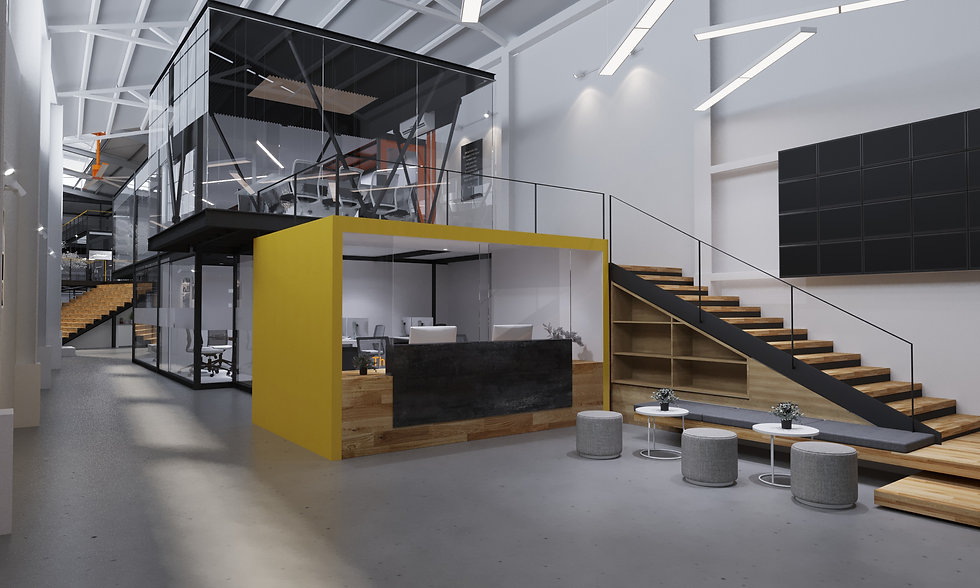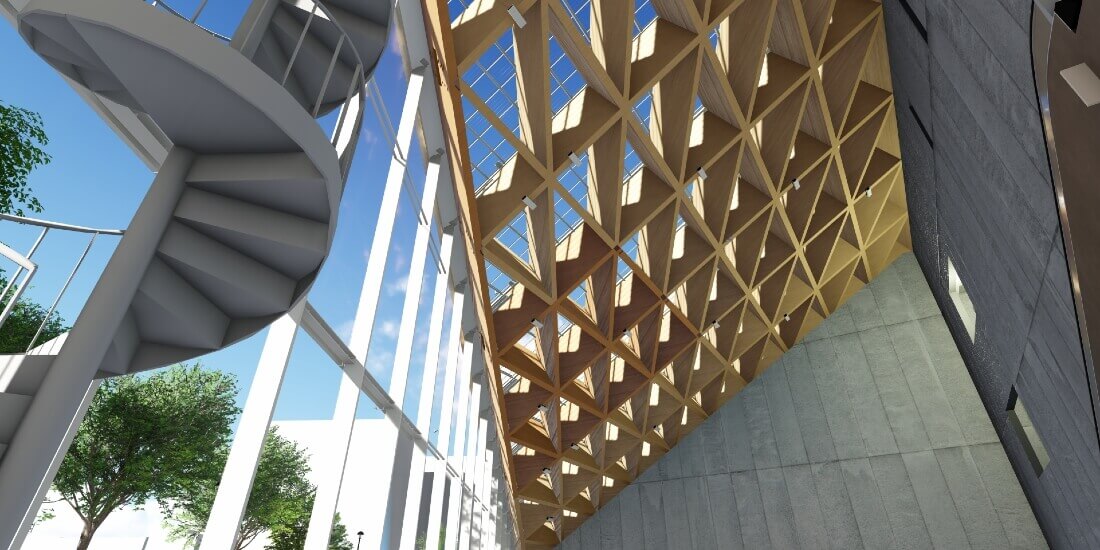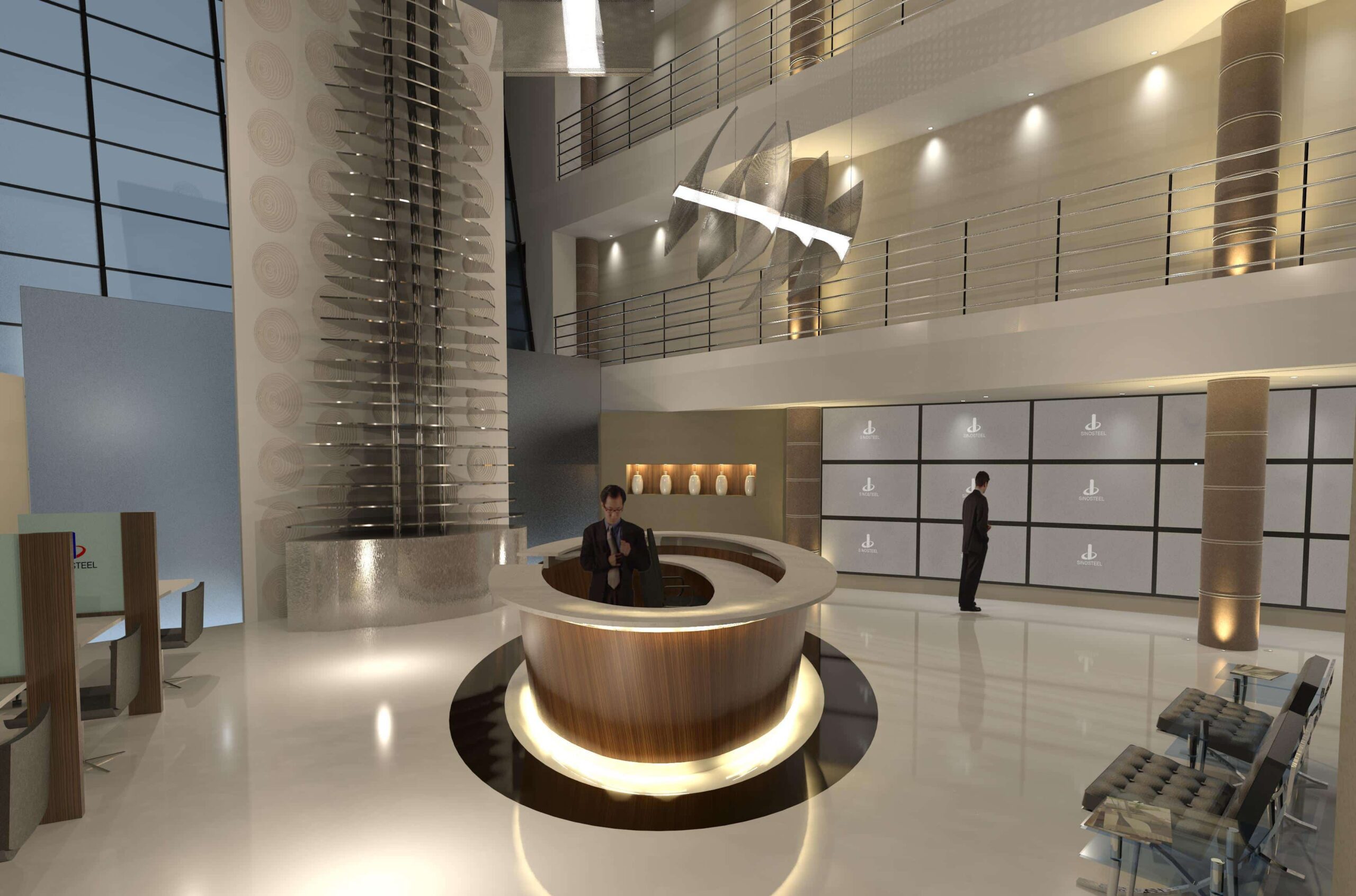The AEC industry is also becoming digitized with a shift in the use of more innovative technologies that reduce costs and risks and increase the efficiency of developed products. BIM is one such innovation that has made it easier to manage AEC projects while minimizing possible errors and delays.
Building Innovation Modeling (BIM) allows architects, engineers, and construction workers to get a better view of a specific project’s design, cost, and construction. It offers tools that make it easier to coordinate, document, and manage all project data. Despite its benefits, there have been obstacles to adopting this technology. Follow our guide to know both benefits and challenges of BIM.
6 Advantages Of Using BIM-Enabled Architecture
Promotes Collaboration

source: pinterest.com
When you and your team start working on a project, one of the major roadblocks you can face is not knowing the project’s status. BIM helps collaborate by providing up-to-date information models and great standardization. With the help of this software, you can ensure that the workflow, design, and structure are all collaborated.
Your team can use this software to access information about the latest models from anywhere. It can help stop unnecessary stops and meetings.
Reduces Errors and Increases Efficiency
The reality of modern construction sites is far from what is portrayed; architects don’t work using tablets and wearing protective gear. So it becomes necessary to create better designs that reduce the room for errors. BIM software helps designers improve their models before working on them. It also allows contractors to choose suitable materials for construction to minimize mistakes and increase the model’s efficiency.
With BIM, the contractors can individually work on the models without designers’ assistance in creating bending lists. BIM also promotes the NEP 2020 design policy as it works on increasing collaboration between advanced technology and feasibility of learning new things.
Saves Time

source: pinterest.com
If you have worked on architect projects, you probably know that keeping a team on the same page and getting updates can be time-consuming. BIM software helps you reduce your time connecting various companies and taking updates, along with providing transparency of the work between different parts of your project, like architects, clients, and suppliers.
Quicker Designs and Constructions
Getting your work done efficiently and twice as quickly is unimaginable in the architectural world. BIM makes it a reality. Although 2D designs may seem much more cost-effective, altering these designs to fit the factual grounds of construction can be a lot to digest. BIM helps you change the design to match the real construction place and avoid errors. This software allows you to alter a few values (length, width, and height) to get the desired results.
Competitiveness
Gone are the days when building a project itself was considered a success. Now you need to ensure that you take care of the safety of everyone while completing a project. BIM helps you adjust your designs on the field to ensure that your projects comply with the safety standards and have met the risk management criteria. It can be used by top architecture firms in India to aid competitive spirit in children.
Easy Access to Information

source: pinterest.com
You must ensure that everyone on your project knows how you have altered the project design and material. When the project designs and other important information uploaded on disks are long gone, you have to be more portable to let everyone know the progress and updates.
BIM ensures you can store your data in the cloud so that your changes get saved automatically, and no data gets lost in transactions.
3 Challenges of BIM Adoption in the AEC Industry
Training and Expertise
BIM technology is something only a few know of. Most AEC companies don’t have workers who can learn how to use this technology in AEC projects. To adopt this technology in the AEC industry, you need to train your staff which is costly and a hassle. Due to this, projects may suffer considerably along with a loss of profits due to operating costs.
The Idea of Change

source: pinterest.com
Well, there is an increase in the fraction of companies that have started implementing BIM technology in their projects. But to do so, you have to alter how your company functions, which puts pressure to execute the plan better. It has led to construction companies worrying about disrupting their workflows to implement a new strategy, making companies resist this technology.
Awareness
A significant half of AEC companies don’t know about this technology. There is a lack of implementation of BIM technology, and they don’t even know how this technology can benefit them.
Conclusion
BIM helps you better plan your projects and deal with the design’s shortcomings. With the above mentioned benefits of BIM technology, it’s developed that it can lead to better formulated and planned projects. This technology can significantly reduce workers’ risk of hazards and safety issues. However, training the staff and workers to implement this technology can be costly, but it doesn’t overpower all the benefits it provides.



